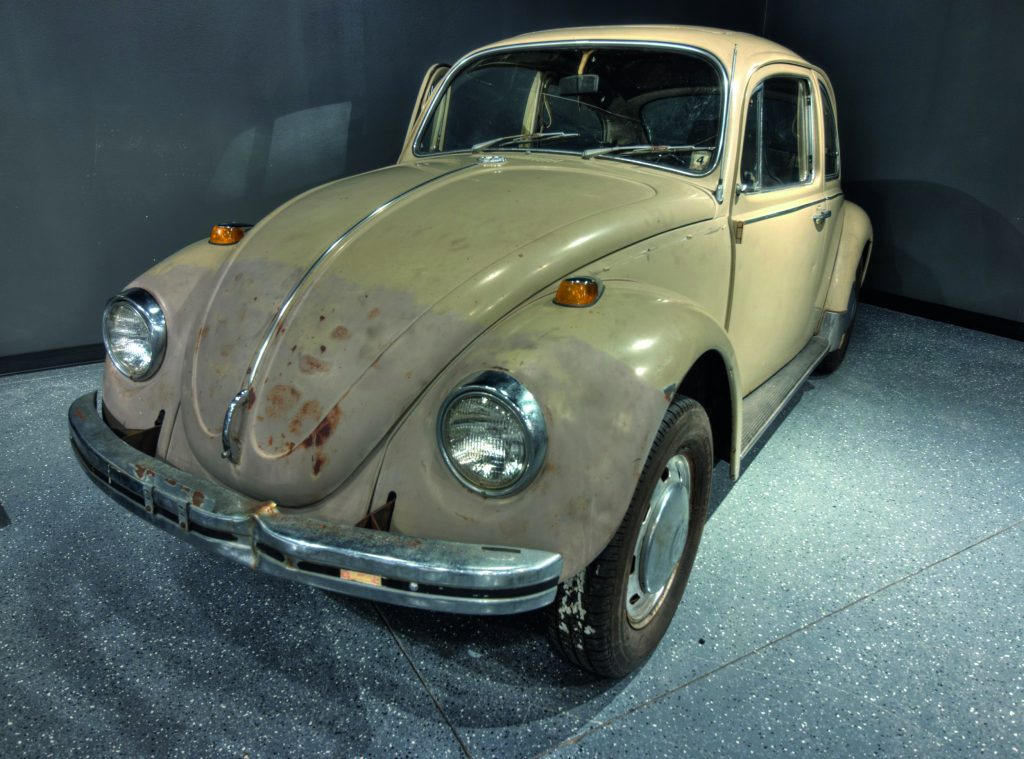Bundy’s Beetles – A Serial Killer and His Air-cooled Accomplices
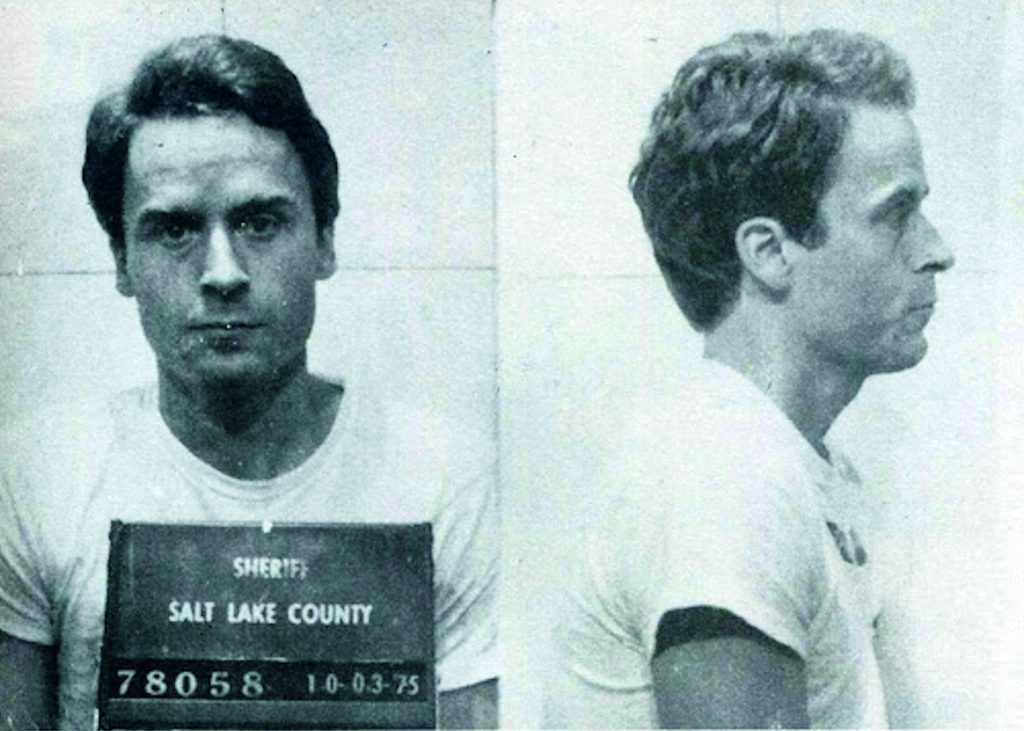
Words by Ned Faux
We’ve published the stories regarding cars attached to a few unsavoury characters over the years, but I think this might be the peak of the vile VW owners list. If I’m honest, I even thought twice about writing this article after looking in to this cars history. But being as there’s various documentaries, books and a couple of Hollywood movies about this sicko – I guess a little history article regarding his Beetle won’t hurt. Saying that, quick warning, if you don’t like reading about serial killers you might want to skip this article all together.
Since the late 60’s, the FBI include the types of cars that they expect offenders to drive when they draw up profiles. Throughout the 1970s, the number 1 serial killer car of choice was the VW Beetle. It seems like a strange choice at first but when you think about it it makes perfect sense. They’re cute and unthreatening, reliable and most of all at the time inconspicuous with US VW Beetle sales topping out at over 570,000 cars.
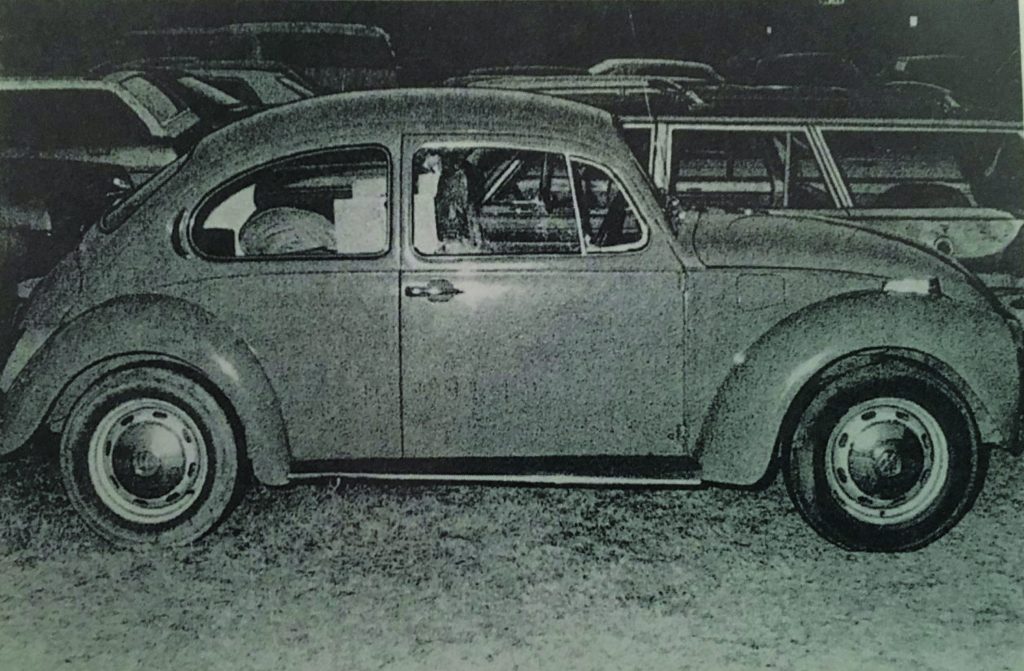
However, Ted Bundy’s Beetle was a car he kept secret. He purchased it for one reason only… Whilst living in Seattle in the ’70’s he was a student and also a volunteer for a Samaritans style crisis hotline. Posing as a poor student, he didn’t have any mode of transportation apart from the bus so would often get a ride home with various co-workers. One of his colleges who was kind enough to give him a ride was Ann Rule (now true crime author). Ann always found Ted Bundy a bit shady, and when descriptions of a serial killer haunting the the area who seemed to match Bundy’s exact height and features she became suspicious.
As time passed she recalled having a strong feeling about Bundy’s guilt but one thing just didn’t add up, which was that all the surviving victims’ encounters mention a Volkswagen Beetle. At the time, Ann to great comfort in the fact that Bundy didn’t own a car – that was until a witness wrote in the newspaper that she overheard the assailant saying his name was “Ted”. This was enough for her to do some investigating herself and she asked a friend on the Police force to do a little digging who soon found out that Bundy was the owner of a 1968 Savanna Beige Volkswagen Beetle licence plate MJE 052.
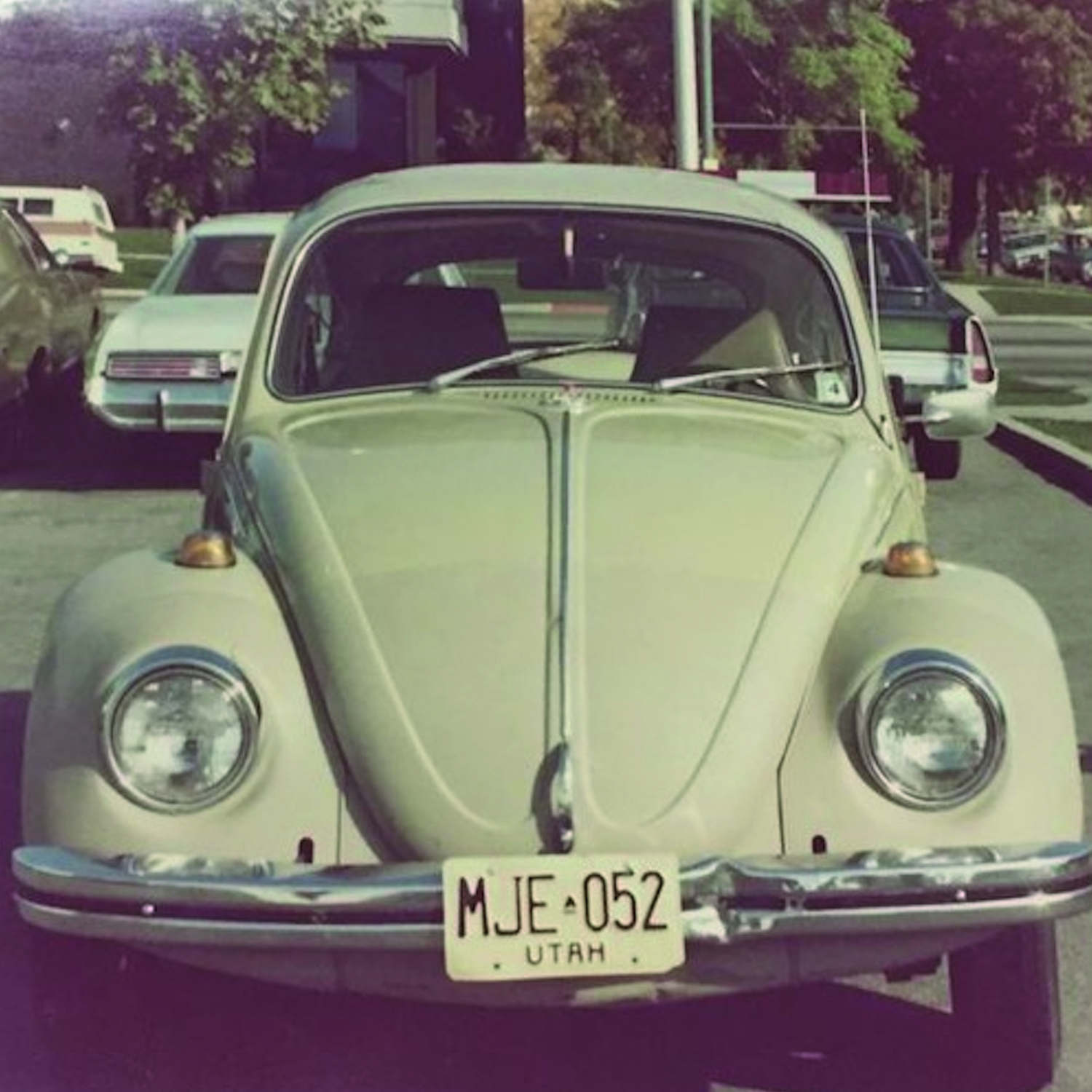
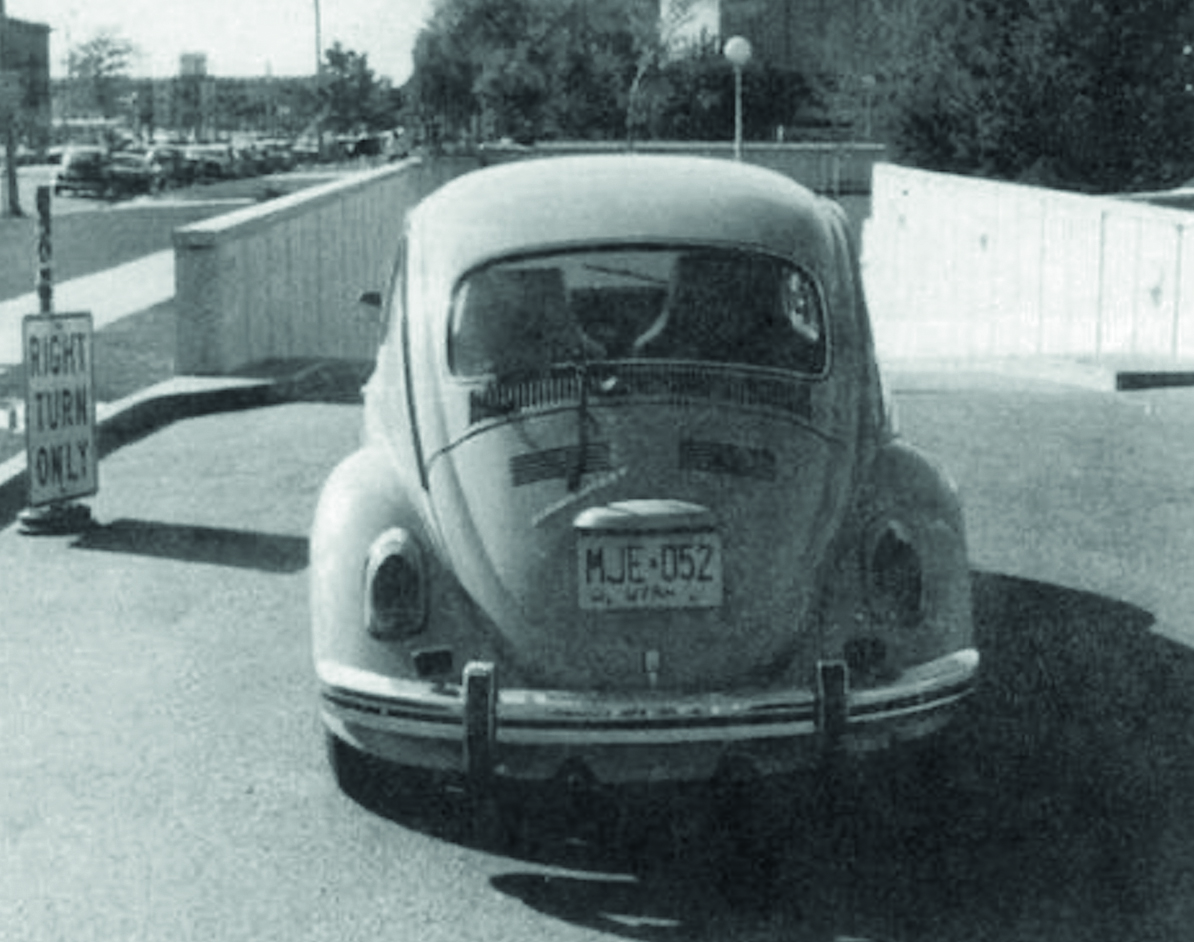
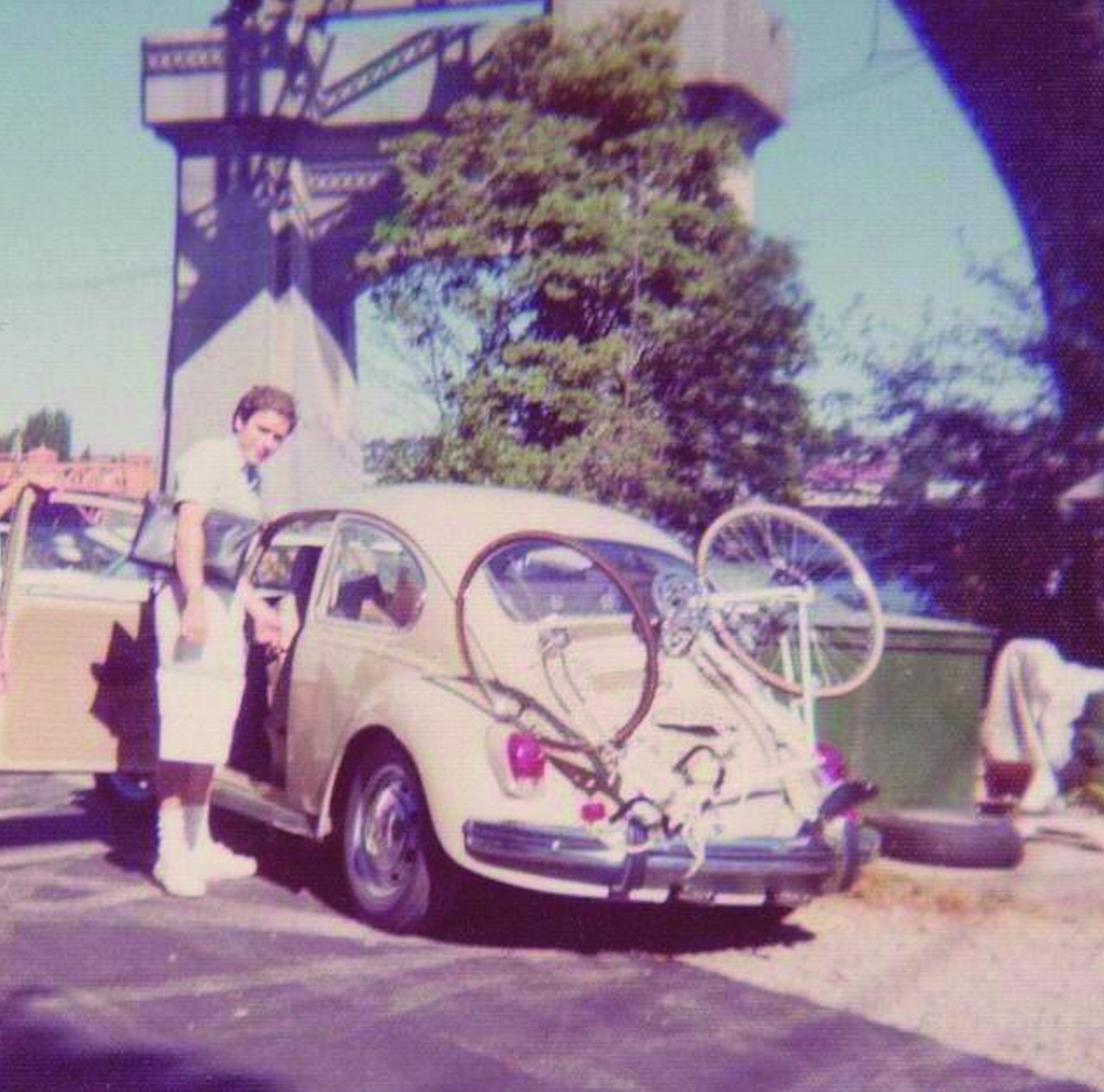
Women were more than often lured in to MJE 052 by Bundy wearing a fake plaster cast on his arm and asking for help with his bags. Once they leaned in to place the bags on the rear seat he would then hit them with a crowbar over the back of the head and stuff them into the passenger side of the car, where he had taken the seat off the runners to better accommodate an unconscious body. The passenger would then be un or semiconscious, so he could handcuffed to the quarter light frame. He had also removed the interior door handles so they were trapped. Many victims were strangled while still in the vehicle; others were dragged out in front of the car’s headlights so Bundy could better see what he was doing. Bundy had been using this Beetle for the duration of his murder spree across Colorado, Washington, and Utah in 1974 and 1975. During that time period, he was believed to have averaged one murder per month. The report from Ann of the likeness and the matching vehicle was good enough for the Police to start scanning roadways for the MJE 052 Volkswagen that may have been harbouring a killer.
On August 15th 1975, Police spotted Bundy run two stop signs at night without his headlights turned on. It was in a different State and they did not know it was a wanted vehicle, so they stopped him for just a routine traffic violation. When they saw the unattached front passenger seat, they decided to search the car. They found various incriminating items such as an ice pick, a pair of handcuffs, two masks, plastic bags and gloves. He was arrested on the spot and the Salt Lake district attorney decided to only charge him with possession of burglary tools. It seems strange the Police could have missed so much, and this negligence was later put down to lack of information being shared by Police departments state to state.
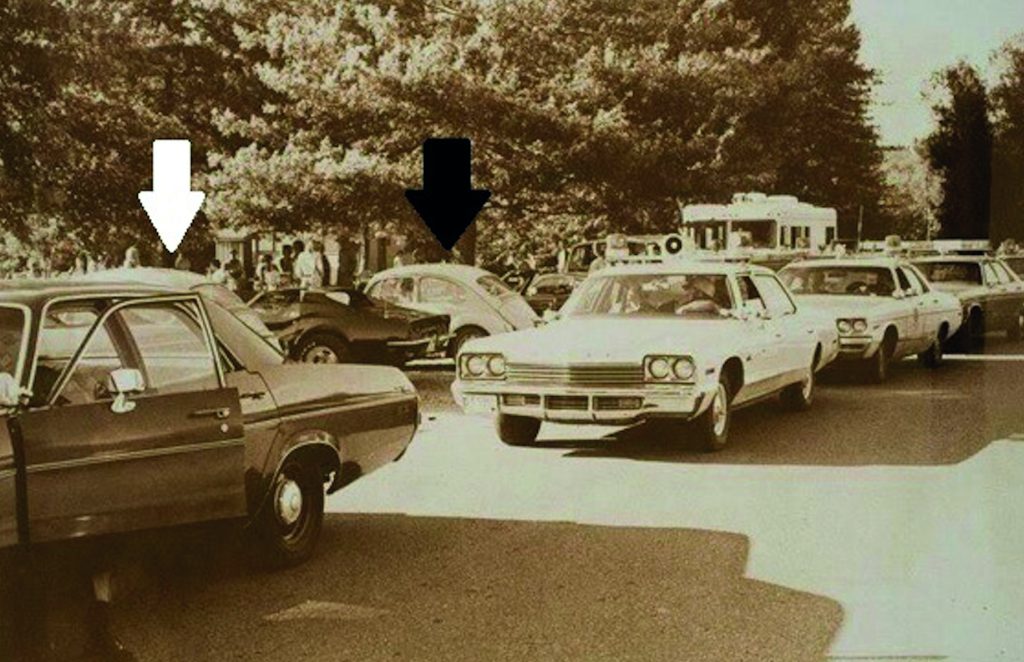
Bundy was well aware of his lucky escape, so whilst out on bail he spent the following day thoroughly cleaning the car, and sold it to a teenager in Utah. That October his luck began to run out. Because of his recent arrest he was summoned to stand in a police lineup. One of his victims who had escaped, Carol DaRonch, identify him as the man who had tried to handcuff her in his car after telling her he was a police detective. Bundy was then charged with her attempted kidnapping and the Police seized the MJE 052 from the teenager Bundy had sold it to and began an exhaustive forensics study. Bundy hadn’t done a good enough job wiping away the evidence. Inside, investigators found hairs matching three of Bundy’s victims, along with blood stains.
Bundy was then expedited to Colorado to stand trial, where believe it or not he managed to escape twice! Once from the courthouse where he went missing for six days before he was re-arrested, and then a second time where he somehow managed to escape his jail sell in December 1977. His first port of call once free was to steal a car and decided to upgrade to an Orange ’72 Super Beetle. The car belonged to a Rick Garzaniti who had purchased it in 1974. Garzaniti had intended to only briefly visit a friend, leaving the vehicle parked in an alleyway behind his friends house. He got distracted watching a Burt Reynolds movie and found the car had been taken. Unfortunately this car was then used when Bundy assaulted and killed several more victims in a Florida State University sorority house. He was captured for good in February 1978 while driving the stolen vehicle in Pensacola, Florida. Bundy had killed at least 30 women across multiple states. In the majority of cases, the Volkswagen acted as a sort of accomplice, providing a portable shelter for Bundy’s kidnappings and killings, housing his murder tools, and even offering illumination for Bundy’s crime scenes.
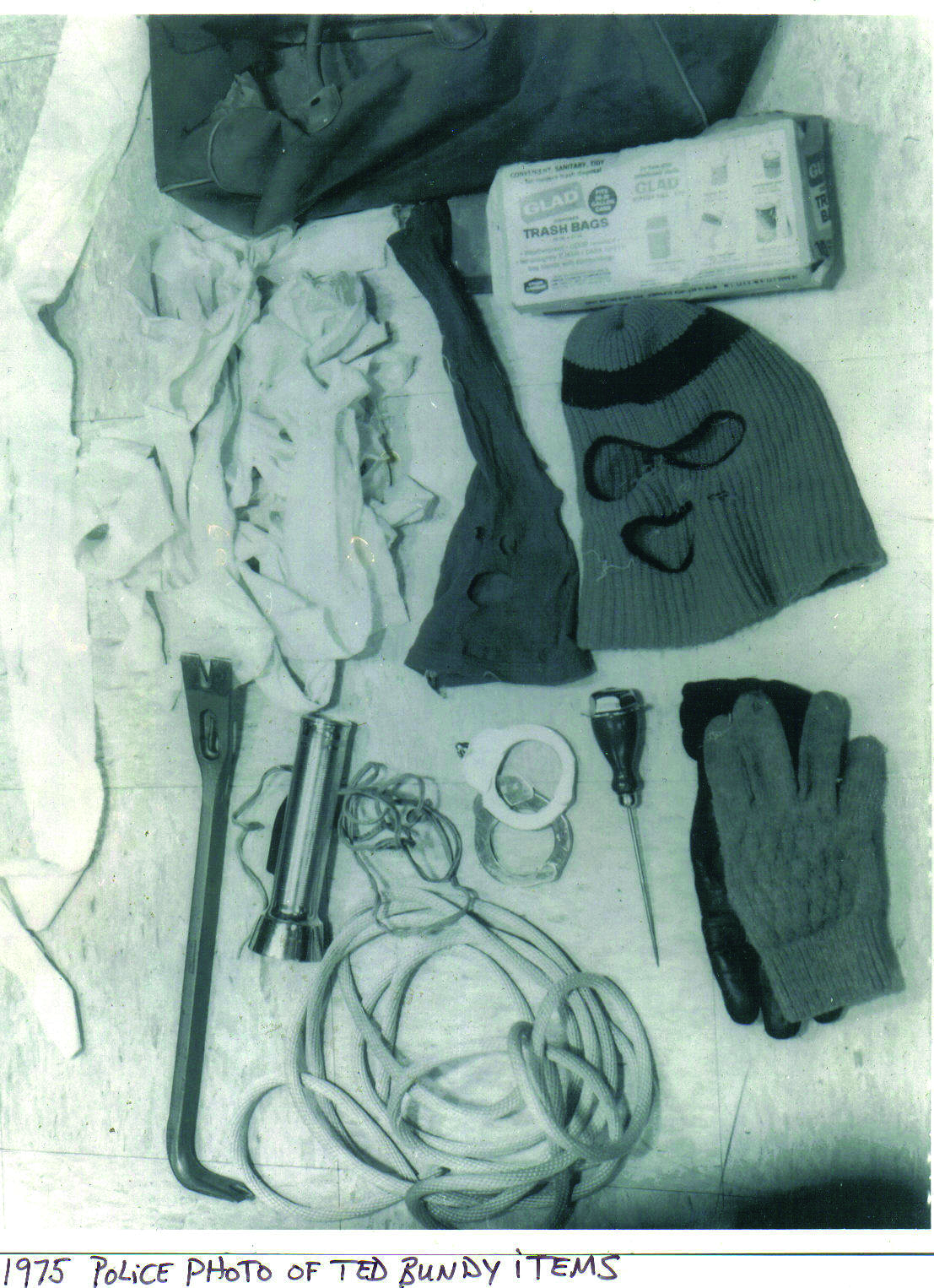
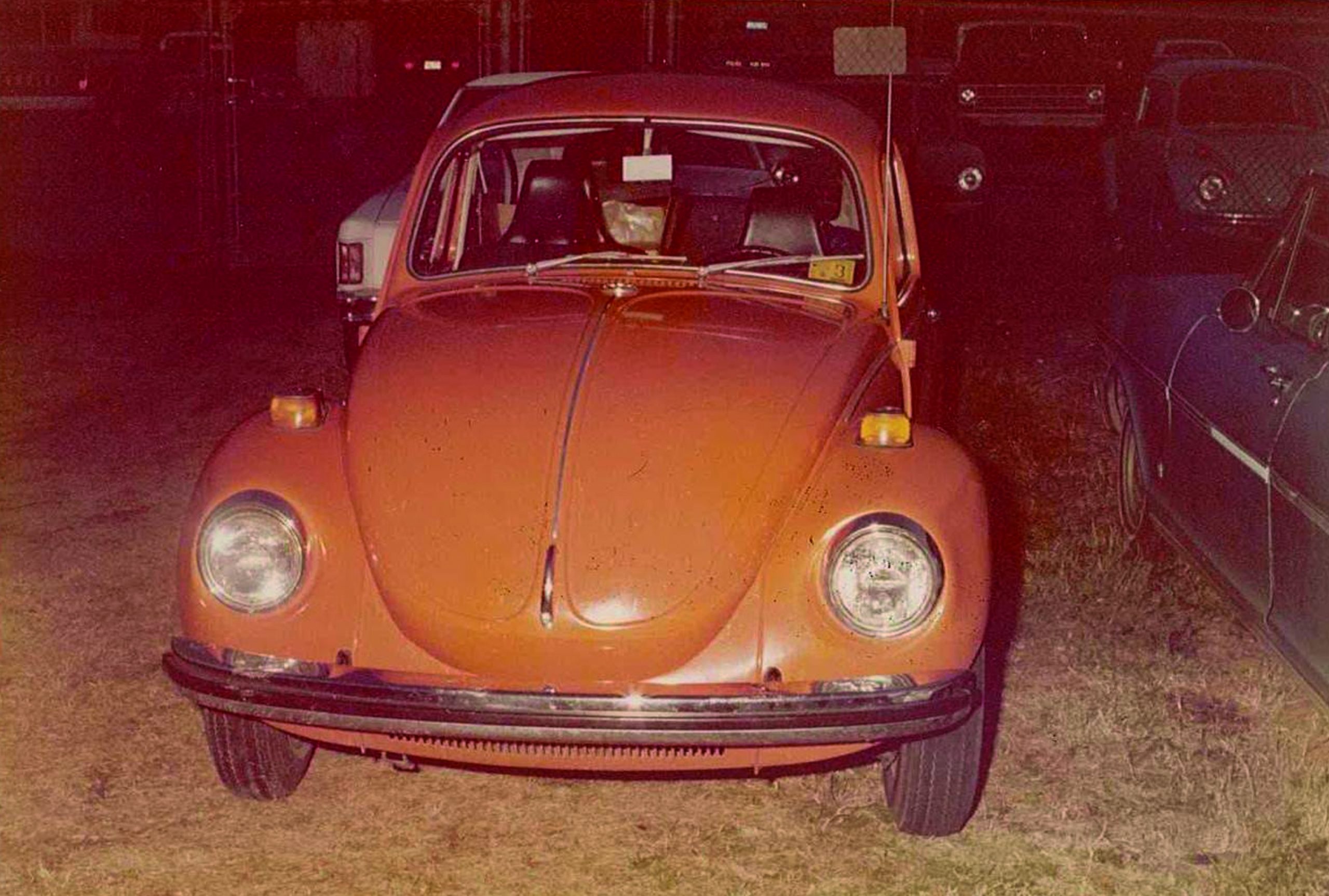
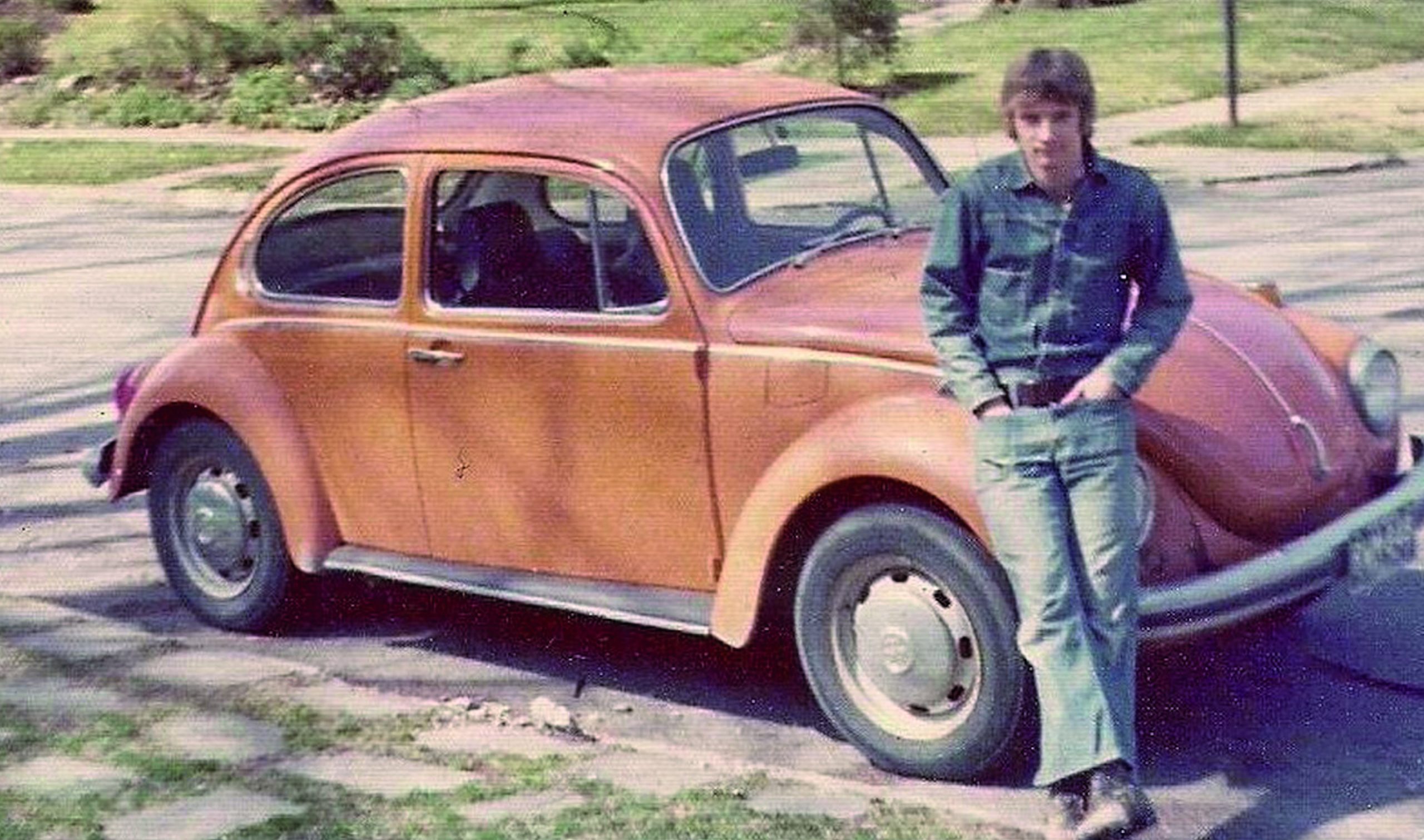
Bundy’s fate was sealed. He was convicted in July 1979 for two of the FSU murders (and later the murder of a 12-year-old girl) and sentenced to death. The Beetle and the secrets it contained would eventually deliver Bundy straight to the electric chair.
So, what happened to the two cars? The Orange ’72 was returned to the owner after he received a call at work about saying his stolen vehicle had been found and was made aware of exactly who had stolen it. It was coated in fingerprint dust, with the backseat missing and a three-inch hole cut out of the upholstery. There were odd items like bicycle seats and tires and a couple of different license plates. After getting the car back, strangely, the owner drove the car for a few months, but eventually sold it to a man in Orlando for $1,300, apparently not wanting to profit off the bad energy he said was attached to vehicle. The buyer was the father of an 16 year old girl who wanted it for her. In a short interview with The Spokesman in 1997, Garzaniti stated that the father was made aware of the car’s history, yet did not seem to mind the teenager was just excited to have her first car. Garzaniti never heard of the car again apart from a few months after the sale, a radio station phoned to rely to him someone was trying to sell a car claiming it was “the one Bundy had stolen”. Unfortunately, that’s where the story ends for the ’72, at least as far as we know, I’ve tried and tried to find the cars reg or its fate but constantly hit dead ends.

As for the ’68, In the late 70’s a former Salt Lake Sheriff’s Deputy named Lonnie Anderson purchased the car for $925 from a police auction. Buying this sort of memorabilia was frowned upon around the department but perfectly legal. The car, which had long been stripped of most of its interior by forensics investigators and had sat in a storage yard for the best part of 20 years before he decided to try and move it on. In July 1997, he placed a classified ad in The New York Times selling the car for $25,000. Relatives of the victims were dismayed, telling the News that it seemed opportunistic. Don Blackburn, whose daughter Janice was one of the murders Bundy confessed to, said the attempted sale from a police officer “repulses me.” In 2001, the car landed in the collection of crime memorabilia collector Arthur Nash. Nash leased the car to the National Museum of Crime and Punishment in Washington, D.C., where it went on display in the lobby in 2010. When the Museum closed in 2015, the car migrated over to the Alcatraz East Crime Museum in Pigeon Forge, Tennessee, where it currently resides. It is still owned by Nash, who says he plans to one day test it for DNA that may have been missed by authorities the first time around. Although Bundy confessed to 30 murders, many believe he may have been responsible for more than 100.
